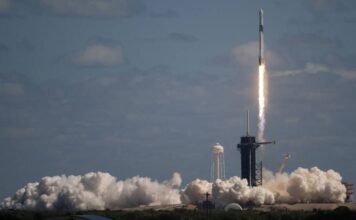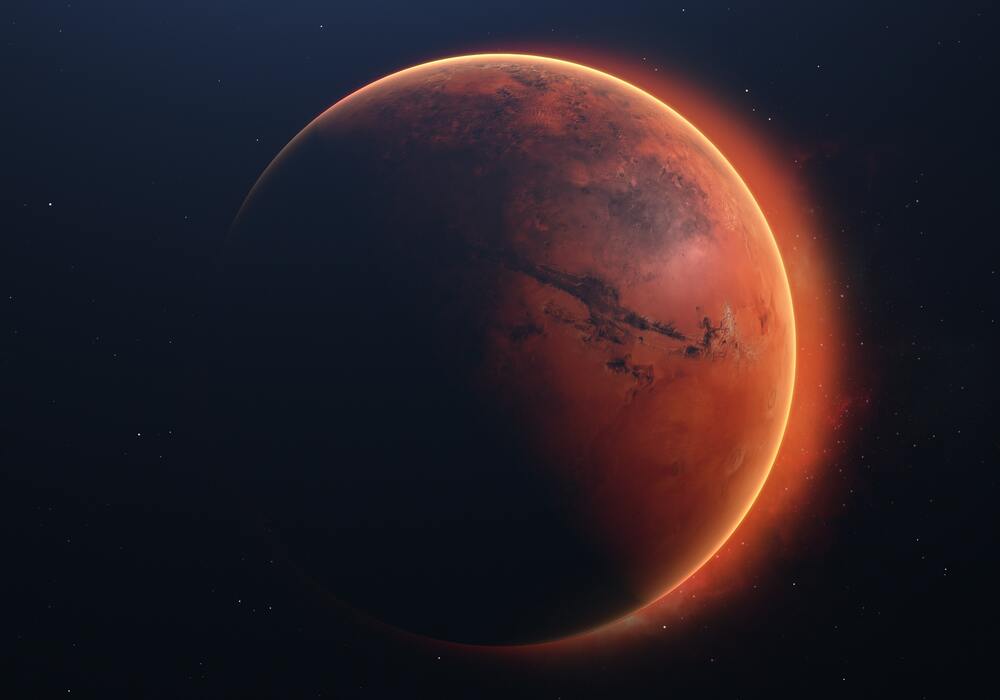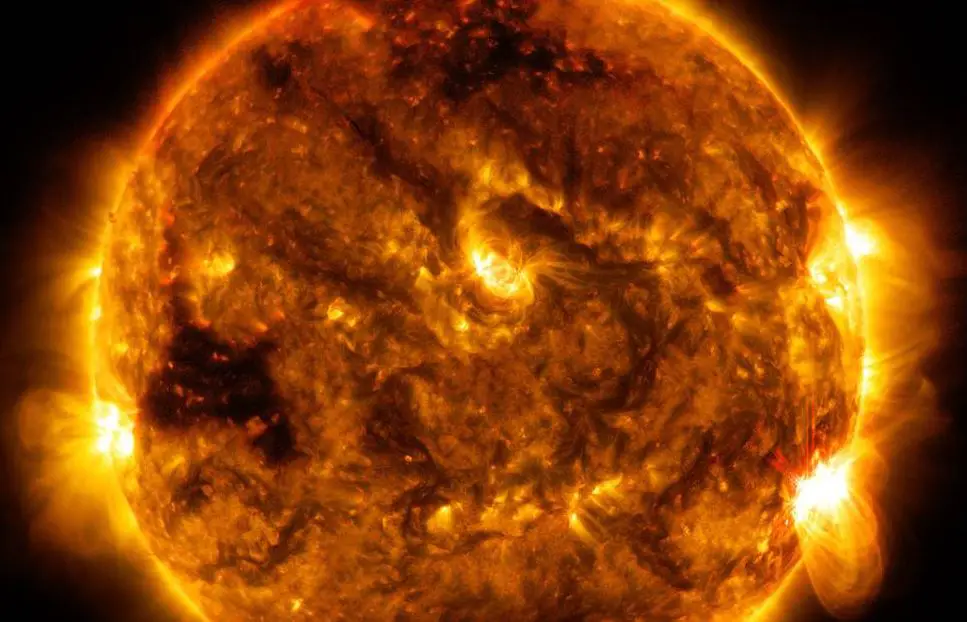China’s Zhurong rover has been wandering and exploring since it landed on Mars in May 2021, continuously collecting data through ground penetrating radar to build a map with a depth of 3 to 10 meters underground.
According to the latest analysis, researchers have found evidence of subsurface layers in the Utopia Plain, whose sediments suggest that there was a major flood.
On May 15, 2021, China’s first Mars rover, Zhurong, landed on Mars’ Utopia Planitia, and started a series of observations 10 days later, using ground penetrating radar (RoPer) to collect data on underground sediments.
Chinese scientists analyzed the results of radar data obtained by Zhurong as it traveled more than 1,100 meters across the plain from May 25 to September 6, 2021, and found that the layered organization of Martian subsurface sediments can be explained by ancient water currents.
The study points out that there are also two fascinating layers beneath the Martian regolith, in which rocks and pebbles are stacked together in an interesting “small head and big bottom” pattern (small eggs at the top and larger rocks at the bottom), causing this kind of phenomenon. One of the reasons for the distribution is water,
Although this connection is not absolute, and radar detection depths have not found direct evidence of the existence of liquid water, the probability that water once flowed through the Utopian plains is very high.
The team speculates that the region may have been flooded 2.9 to 3.7 billion years ago, causing heavier rocks to settle at the bottom and smaller particles to move to the top.
Of course, impact events or long-term weathering could also have produced such rock sequences.
The new paper is also published in the journal Nature.




